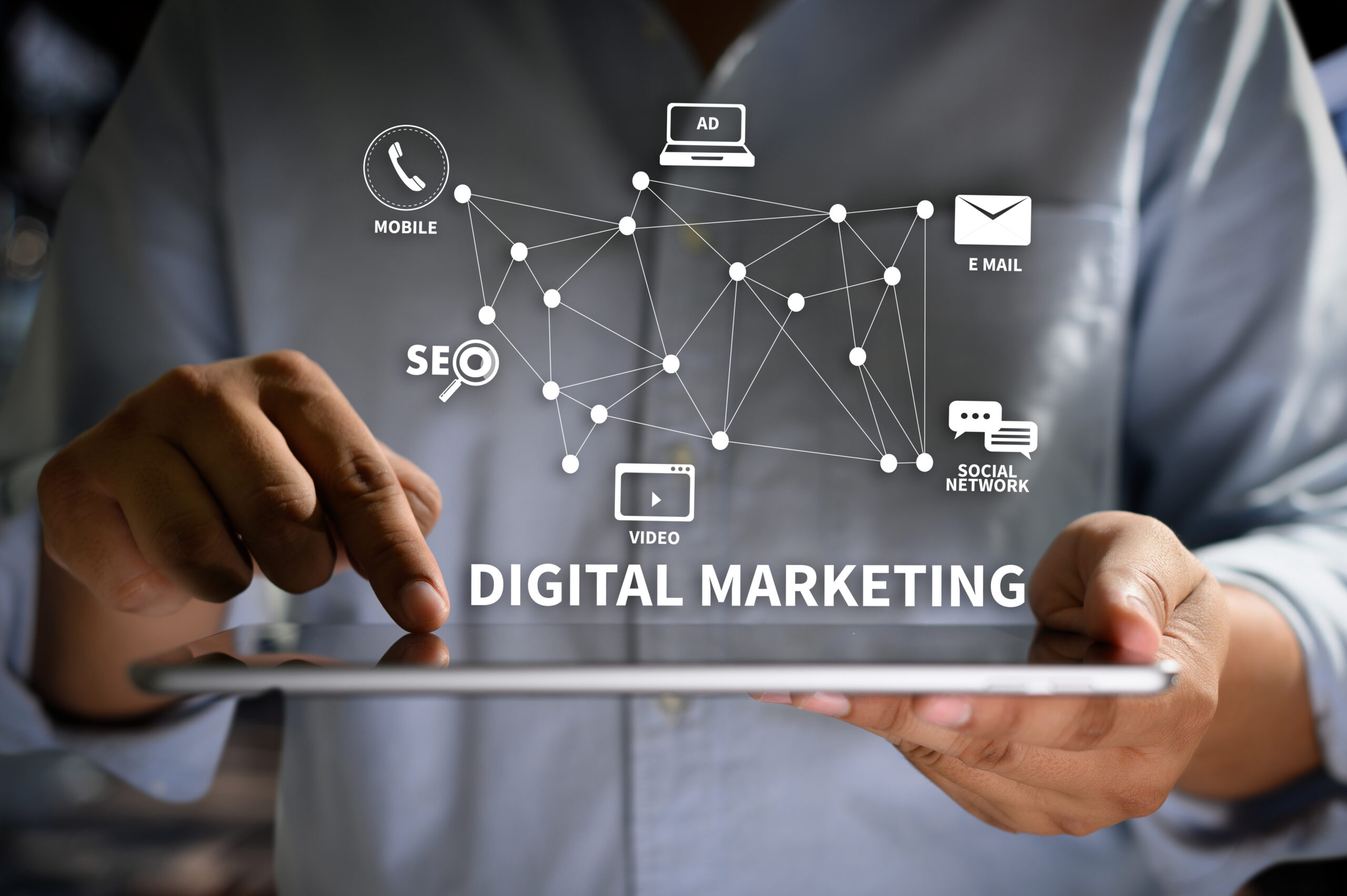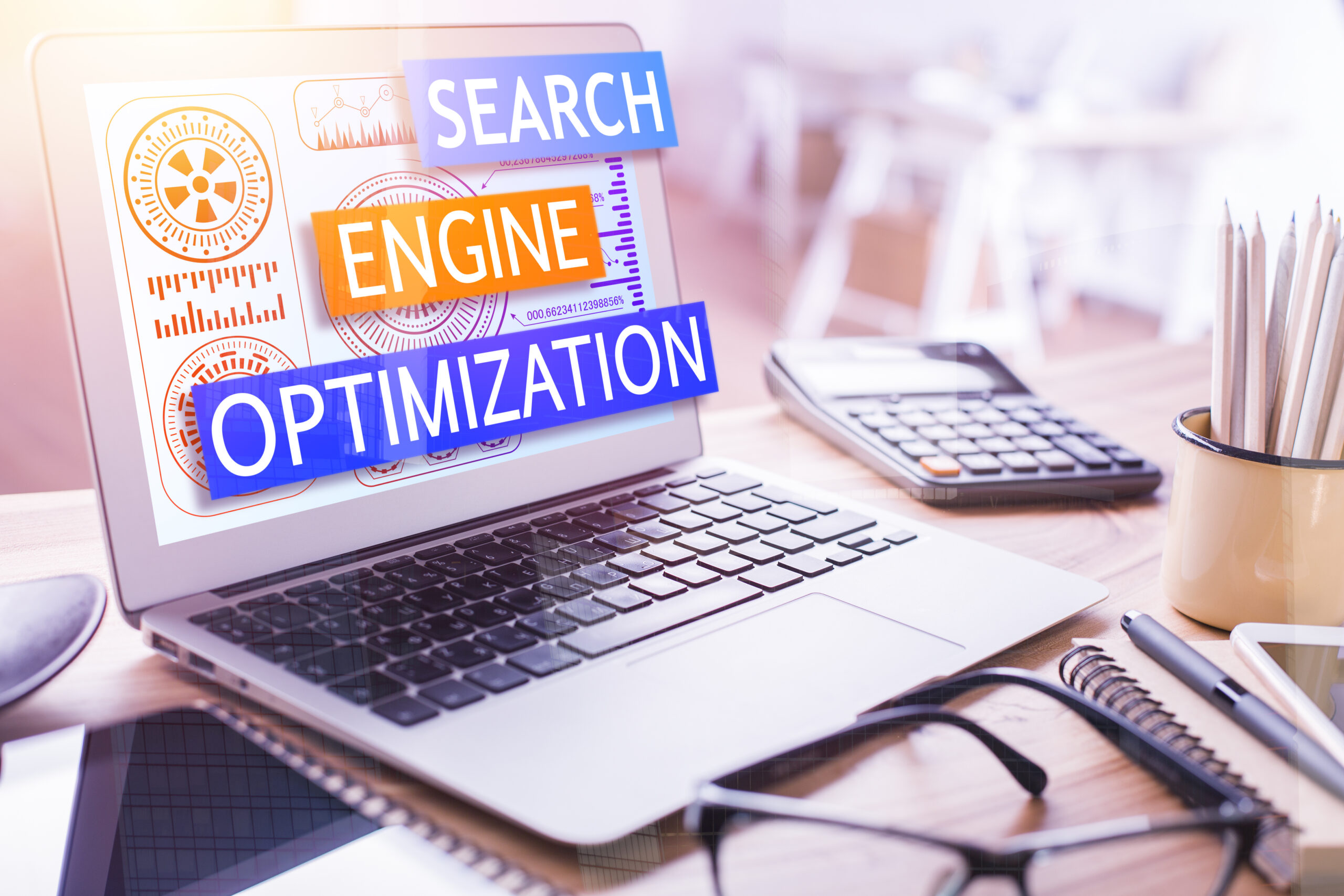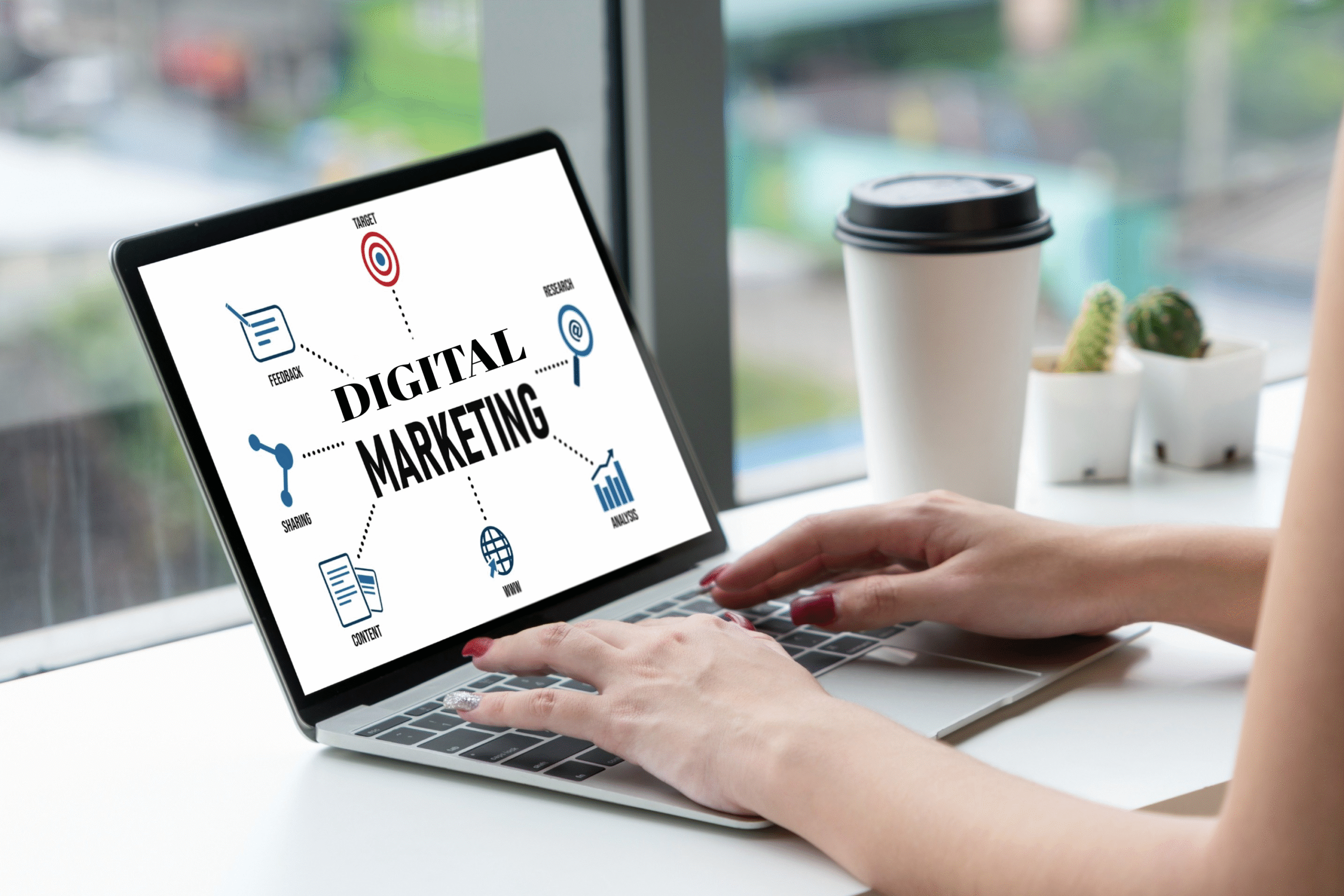In 2025, the online marketing landscape looks very different from even a few years ago.
- Search engines are smarter, relying heavily on structured content and AI overviews.
- Advertising platforms are more automated, with algorithms deciding where your money goes.
- And user attention spans are shorter, making it harder to stand out.
For businesses and marketers, one big question remains the same — should you focus on SEO or Paid Ads?
The answer isn’t black or white. SEO and paid advertising serve different purposes. To build a winning strategy, it’s crucial to understand what each channel does best — and how combining them can unlock sustainable growth.
What SEO Really Means in 2025
Search Engine Optimization (SEO) has evolved beyond just ranking keywords. In today’s digital environment, SEO is about building trust, authority, and long-term visibility.
Key Elements of Modern SEO:
- E-E-A-T (Experience, Expertise, Authoritativeness, Trustworthiness): Google now prioritizes genuine, credible sources over generic blogs.
- Topic Clusters: Creating in-depth content around specific themes instead of random posts.
- Structured Data & Schema: Adding FAQs, How-To schema, and product details to get visibility in AI Overviews.
- User Experience: Page speed, accessibility, and mobile-first design directly affect rankings.
Why SEO Works:
- Long-term, compounding traffic with low cost over time.
- Builds brand trust and credibility.
- Helps rank for buyer-intent keywords that bring qualified leads.
Where SEO Struggles:
- Slow results — typically takes 8–16 weeks to see strong movement.
- Requires consistent investment in content and technical improvements.
What Paid Ads Mean in 2025
Paid ads — whether on Google, Meta, LinkedIn, or YouTube — have become more powerful but also more competitive. Automation has taken center stage, making creative quality and offer clarity more important than ever.
Key Elements of Modern Paid Ads:
- Creative Velocity: Fresh video hooks, UGC-style content, and storytelling drive performance.
- Automated Campaigns: Performance Max and Advantage+ handle targeting and bidding.
- Data Integration: Server-side tagging, enhanced conversions, and proper attribution are essential.
- Funnel Targeting: Different ads for top, middle, and bottom-of-funnel audiences.
Why Paid Ads Work:
- Instant visibility — traffic starts flowing within hours.
- Great for testing offers quickly.
- Full control over budgets, reach, and targeting.
Where Paid Ads Struggle:
- High costs as competition rises.
- Results stop the moment you pause spending.
- Ad fatigue and policy changes can affect performance.
SEO vs Paid Ads: A Practical Comparison
| Feature | SEO | Paid Ads |
| Time to See Results | Weeks to months | Hours to days |
| Cost Over Time | Decreases (organic growth) | Increases if not optimized |
| Brand Trust | High | Moderate (sponsored) |
| Testing Speed | Slow | Fast |
| Long-Term Value | Compounding | Ends when spend stops |
| Best Use Case | Evergreen traffic | Launches, promos, fast growth |
When SEO is the Better Choice
- You have a stable product or service with consistent demand.
- You want sustainable growth without relying on ads forever.
- Your goal is to build brand reputation and authority.
Examples of SEO wins:
- Ranking your clinic’s service pages on Google.
- A course business ranking for “best digital marketing course.”
- Local cafes showing up in top “near me” searches.
Tip: Pair SEO with strong internal linking, location-based optimization, and FAQ schema to appear in AI search overviews.
When Paid Ads Work Better
- You want quick results and leads within weeks.
- You’re launching a new offer or product.
- You need precise targeting and control over reach.
Examples of Paid Ad wins:
- A coaching business promoting a free webinar.
- E-commerce brand running festive campaign offers.
- A beauty clinic running lead-gen ads with clear CTAs.
Tip: Use UGC-style creatives and short videos to build trust and improve click-through rates.
Why the Best Strategy Combines SEO and Ads
Relying on just one channel limits your growth. Businesses that blend SEO and Paid Ads outperform those that depend on only one.
How They Work Together:
- Use ads to test what works fast.
– Identify top-performing messages, keywords, and offers. - Turn winners into SEO assets.
– Build evergreen content, blogs, or landing pages around proven topics. - Use SEO to reduce cost per acquisition.
– As organic rankings grow, you rely less on paid spend. - Retarget and nurture with ads.
– Even visitors from SEO can be retargeted for conversions.
This creates a sustainable growth loop — quick wins through ads and lasting traffic through SEO.
How AI Search Is Shaping the Game
- Featured snippets and AI answers are taking a big chunk of organic traffic.
- Websites with structured data, helpful content, and clear expertise get featured.
- Paid Ads now rely more on strong creative storytelling because targeting is handled by algorithms.
Key takeaway: SEO must focus on depth and trust, while ads must focus on emotional hooks and clarity.
Common Mistakes to Avoid
- Sending ad traffic to your homepage.
Always use a dedicated landing page. - Publishing SEO blogs without CTAs or lead magnets.
Every page should have a clear action path. - Relying only on vanity metrics (likes, impressions).
Measure ROI with conversions, CPA, LTV, and assisted sales. - Ignoring mobile UX and page speed.
A slow site kills both SEO rankings and ad conversions.
FAQs
1. Is SEO still worth it in 2025 with AI Overviews?
Yes. AI relies on credible sources. SEO that’s structured, original, and expert-led gets featured and clicked.
2. Are paid ads too expensive now?
They can be — if you don’t optimize. A clear offer, fast pages, and good creative can still yield strong ROI.
3. How long does SEO take to work?
Most businesses see early movement in 8–16 weeks and stronger results over 6–12 months.
4. Which should I choose if I’m just starting?
Start with ads to test and learn. Build SEO alongside to reduce costs long-term.
5. Can I succeed with SEO alone?
Yes, but it’s slower. A hybrid strategy gives faster results and sustainable growth.




